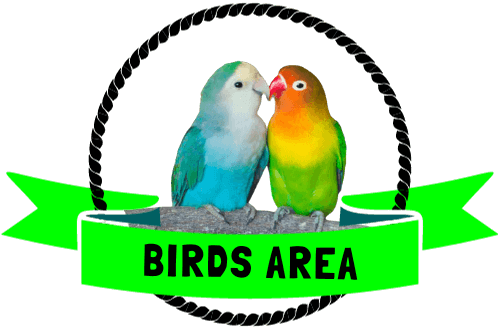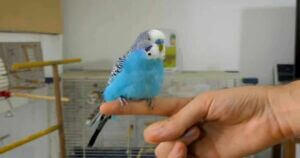How to Warm Up a Cold Budgie? Expert Techniques for Quick Revival
If you’re concerned about a cold budgie and want to provide it with warmth and comfort, it’s essential to know how to warm up a cold budgie.
To warm up a cold budgie, gradually increase the temperature of its environment and provide a heat source, such as a heat lamp or a heating pad, until the bird reaches a comfortable temperature.
I discuss some effective methods to warm up a cold budgie and ensure its safety. By following these guidelines and you can provide immediate care and warmth to a cold budgie, helping it recover and thrive in its environment.
Let’s explore these methods in detail to help your budgie feel cozy and warm.
What Are The Signs Of A Cold Budgie?
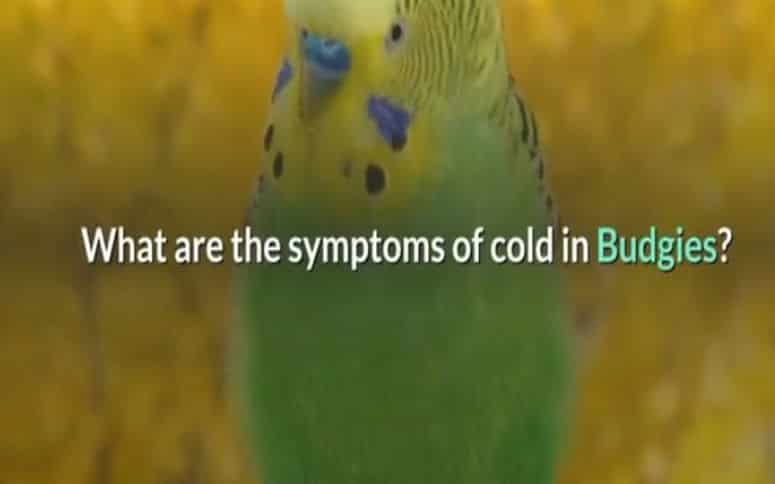
When it comes to our beloved budgies, it’s essential to keep a close eye on their health and well-being. One common issue is a cold, which can be uncomfortable for your feathered friend.
To ensure you can quickly address this issue, it’s crucial to understand the signs of a cold in a budgie. By recognizing these symptoms, you can take prompt action and provide the necessary care for your budgie.
If you suspect your budgie has a cold, it’s crucial to identify the symptoms.
Here are some key indicators to watch out for:
- Sneezing: Frequent sneezing is a common sign that your budgie may be experiencing some respiratory discomfort.
- Nasal discharge: Look for any discharge from your budgie’s nostrils. If you notice any wetness or a color change, it may be a sign of a cold.
- Watery eyes: Excessive tear production or watery eyes can indicate that your budgie is dealing with a cold.
- Lethargy: If your budgie seems unusually tired or inactive, it could be because it feels under the weather.
- Loss of appetite: A sudden loss of appetite or decreased food consumption can be a symptom of a cold in budgies.
What Causes A Budgie To Become Cold?
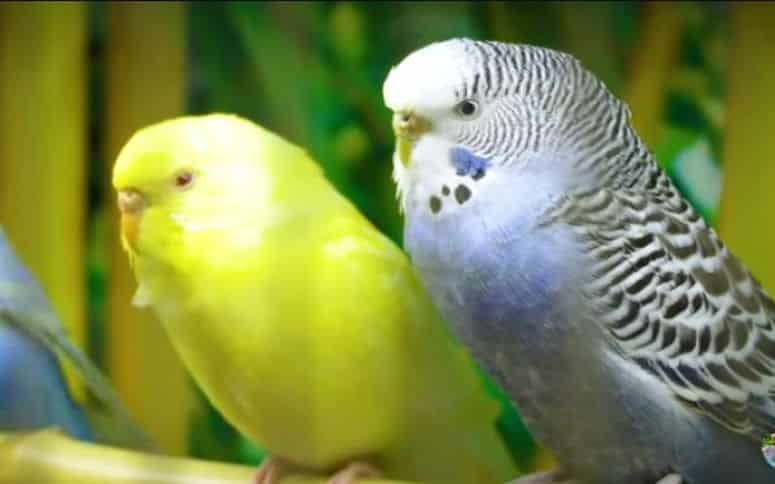
Understanding the causes of a cold in budgies can help prevent such situations. Here are some common factors that can contribute to a cold in budgies:
- Exposure to drafts: Budgies are sensitive to sudden changes in temperature, so make sure their cage is kept away from drafts to prevent them from catching a cold.
- Insufficient warmth: Budgies require a warm and comfortable environment. If their living conditions are too cold or damp, they may be more susceptible to developing a cold.
- Poor ventilation: Inadequate airflow within the cage can lead to accumulated stagnant air, increasing the risk of respiratory infections in budgies.
Weakened immune system: A budgie with a weakened immune system may be more prone to developing a cold. Stress, poor diet, or underlying health issues can contribute to a weakened immune system.
By being aware of these potential causes, you can take proactive measures to ensure your budgie stays healthy and prevents the onset of a cold.
How to Warm Up a Cold Budgie?

Warming up a cold budgie (parakeet) is important because birds are sensitive to temperature changes and can become chilled if exposed to cold conditions.
Here are steps you can take to warm up a cold budgie:
1. Check the Temperature
Ensure that the room where your budgie is located is at a comfortable and consistent temperature. Budgies are most comfortable in a range of 65-75°F (18-24°C). Use a thermometer to monitor the temperature and adjust heating or cooling as needed.
2. Move to a Warm Location
If your budgie is in a drafty or cold area of your home, move the cage to a warmer spot. Avoid placing the cage near windows, doors, or vents where cold air may enter.
3. Provide Heat
You can use several methods to provide additional heat for your budgie:
- Heating Pad: Place a heating pad on a low setting underneath one side of the cage. Ensure the budgie can escape the heat if it gets too warm. Never place the heating pad inside the cage.
- Heat Lamp: Use a small, bird-safe heat lamp placed a safe distance from the cage. Ensure that the bird can move away from the heat source if needed. Keep the bulb within the recommended wattage to prevent overheating.
- Warm Water Bottle: Fill a small, plastic water bottle with warm (not hot) water and wrap it in a towel. Place it near the cage where your budgie can sit next to it to absorb warmth.
- Warm the Room: If the entire room is too cold, consider using a space heater to raise the temperature. Ensure the heater is safe and not too close to the budgie’s cage.
4. Monitor the Budgie
Keep a close eye on your budgie while it is warming up. Watch for signs of improvement, such as increased activity and alertness.
If the bird does not seem to be recovering or appears to be in distress, consult an avian veterinarian immediately.
5. Provide Food and Water
Make sure your budgie has access to fresh food and water. A warm meal, such as a small serving of warm, cooked rice or a piece of warmed fruit, can help provide energy.
6. Cover the Cage
Covering the cage with a lightweight blanket or towel can help retain heat and create a cozy, dark environment for your budgie to rest. Make sure there is still some ventilation.
7. Prevent Recurrence
To prevent your budgie from getting cold again, ensure that the room temperature remains stable and comfortable.
Take precautions during cold weather, such as sealing drafts and providing extra insulation.
Personal Experimental- How Do I Warm Up My Cold Budgies?
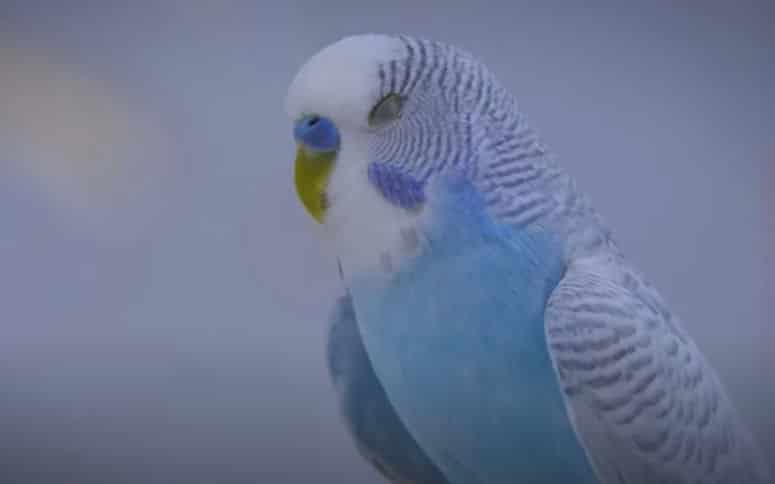
To warm up my cold budgie, I follow a simple and effective routine. First, I ensure the room temperature is between 70-75°F (21-24°C) as budgies are sensitive to cold.
I gently pick up my budgie and hold it close to my body, providing the warmth it needs. You can also use a heating pad on a low setting nearby, but ensure it’s not too close to your budgie to avoid overheating.
A warm, damp cloth draped over the cage can help raise the humidity, which is beneficial for your bird’s respiratory health.
Additionally, I offer my budgie a warm bowl of fresh water and some nutritious food to boost their energy. Within 15-20 minutes, my budgie is usually warm and active again.
Remember, cold budgies can suffer from hypothermia, so it’s essential to act swiftly but gently to prevent any harm. Constantly monitor your budgie closely during the warming process, and if it doesn’t improve, consult with a vet for further assistance.
If your budgie does not improve or shows signs of distress, it’s crucial to consult an avian veterinarian as soon as possible.
Cold exposure can lead to serious health issues, and a vet will be able to provide the appropriate medical care and advice for your budgie’s specific condition.
Can Budgies Die Due To Cold Temperatures?
Yes, budgies can be sensitive to cold temperatures and may die if exposed to extreme cold for prolonged periods. To learn more, watch a video on “Can Budgies die due to cold temperature?”
Frequently Asked Questions Of How To Warm Up A Cold Budgie
How do I know if my budgie is cold?
Signs of a cold budgie may include fluffing up its feathers, shivering, or seeking warmth by huddling.
How long does it take to warm up a cold budgie?
It usually takes 15-20 minutes to warm up a cold budgie, but the time may vary depending on the budgie’s condition.
How can I prevent my budgie from getting cold in the first place?
To prevent your budgie from getting cold, ensure a warm and draft-free environment, and cover the cage at night to maintain a stable temperature.
Sum Up
Warming up a cold budgie requires a gradual approach, ensuring their comfort and safety.
By providing a warm environment, gentle handling, and nutritious food, you can help the budgie regain its body temperature and vitality. Remember to monitor their progress closely and consult a veterinarian if necessary.
With patience and care, you can bring warmth back into your budgie’s life and foster a happy and healthy bond with your feathered friend.
Hello Dear, I'm Poli Kolymnia, owner of many birds (including budgies).
With a deep passion for these feathered companions, I'm here to share my expertise and extensive knowledge on birds care.
My articles cover essential topics like diet, housing, care, and health, providing practical tips to help you create a happy and thriving environment for your birds.
